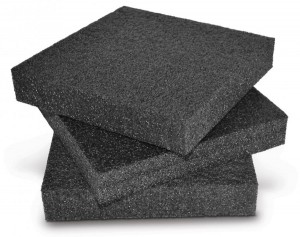Types of Cushioning Methods in Packaging
Written by: Foam Factory, Inc
Summary: Learn about the techniques use to protect packaging.
 Polysterene insulation used to protect sensitive parts is one of the most important components to successfully selling something these days. If parts are not protected as they are shipped across the country, the growing number of consumers who are purchasing online and opting for shipping won’t want to use your services for very long. Those who cover factory returns or repairs have to be even more cautious, as the customer will be expecting a fully working model when they receive their package.
Polysterene insulation used to protect sensitive parts is one of the most important components to successfully selling something these days. If parts are not protected as they are shipped across the country, the growing number of consumers who are purchasing online and opting for shipping won’t want to use your services for very long. Those who cover factory returns or repairs have to be even more cautious, as the customer will be expecting a fully working model when they receive their package.
Increasingly, companies are relying on packaging foam from Canada to use in different bracing techniques that provide stability during transit.
Blocking and Bracing
This technique uses closed cell foam from Canada as something of a buffer, to try and stabilize the contents of a package directly in the center of the box. Foam presses against the item from all sides, without exerting pressure. Often, there will be a specially cut space for the item in question, such as a 17 inch laptop. If the item is isolated and avoids the part of the package that tends to avoid the most shock, the contents take less damage in transit. This is one of the primary methods heavy equipment is moved, as well as computer components.
Wrapping
While wrapping can be used on heavy machinery, it’s mostly a precautionary measure designed to protect the outside of the machinery from damage and exposure. Wrapping is primarily utilized when you want to ship several small objects, which is why most people bubble wrap their dishes when they move.
Molded Foam
Molded enclosures are one of the safest ways to transport items, as they are specially designed to fit the package in question. They tend to distribute the force of any shock to the package across the crate, rather than in one specific area.
